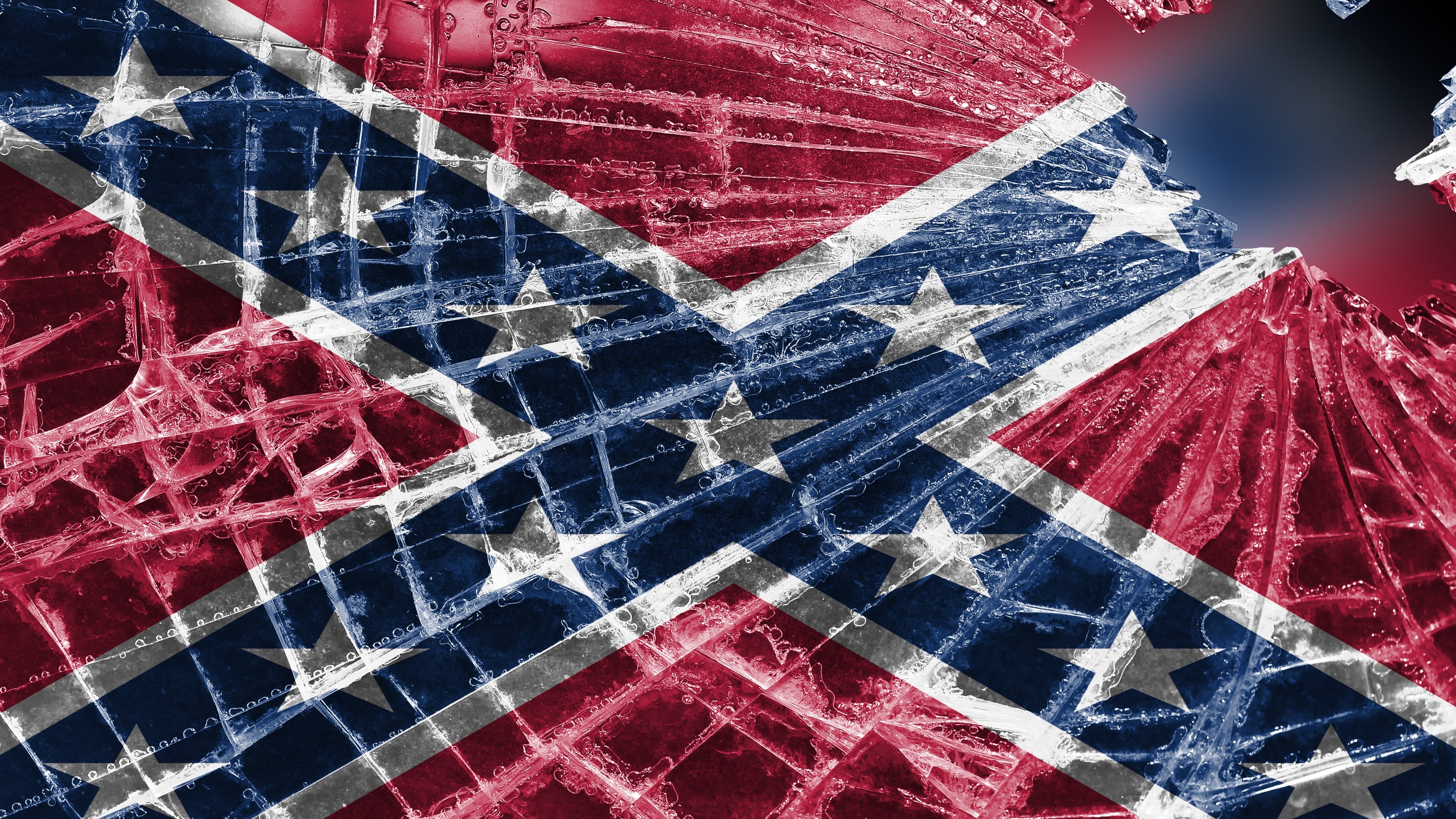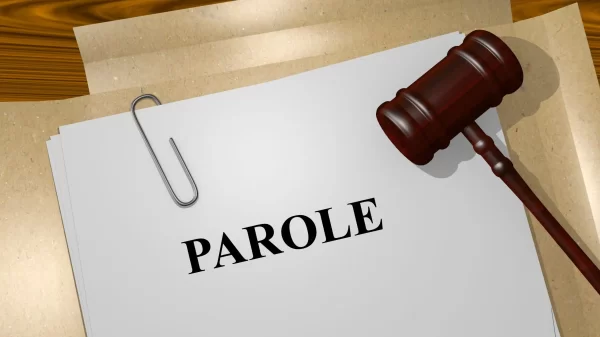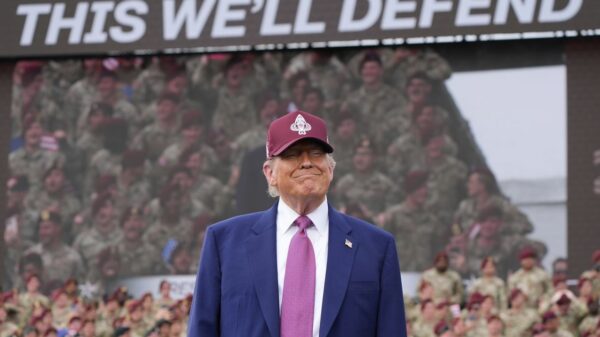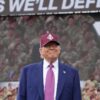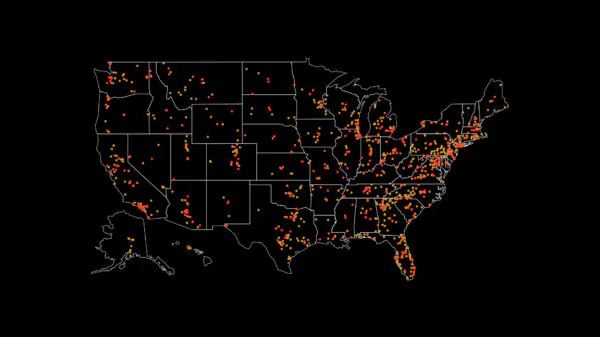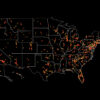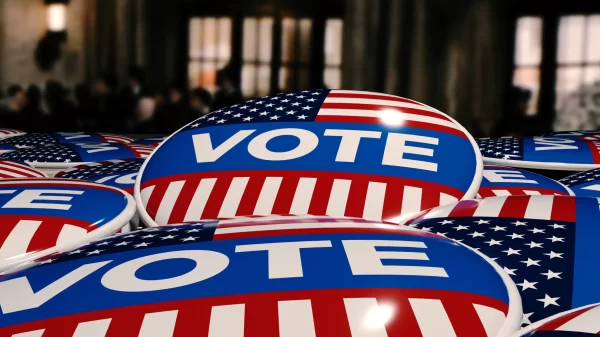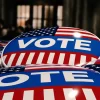By Chip Brownlee
Alabama Political Reporter
MONTGOMERY — The domestic terror attack in Charlottesville last week is evidence of, if anything, the rapid resurgence and normalization of hate groups in the US. And in Alabama, neo-Confederate groups and the Ku Klux Klan have returned to what could be a level of relevance.
Earlier this year, the Montgomery-based Southern Poverty Law Center released their annual Hate Map and Intelligence Report, which showed that right-wing extremists and hate groups like the Klan and the League of the South, gained unprecedented ground in returning to the political mainstream.
The attack in Charlottesville, which resulted in the deaths of 32-year-old Heather Heyer and two Virginia State Police officers, is evidence of that rise, according to SPLC Outreach Director Lecia Brooks.
“The fact that the alt-right got together with these hate groups and Klan groups is a really big deal,” Brooks said in an interview with APR. “It means that they are consolidating their forces. They’re really trying to make their moves together. That has never been seen before.”
In 2016, 917 hate groups — ranging from the League of the South and the Klan to Black separatist groups like the Nation of Islam and anti-LGBT groups like Westboro — were active in the US. That was a big rise from 882 the year before and 784 in 2014.
In Alabama, there are currently at least 27 active Hate Groups including 11 Klan chapters, five neo-Confederate League groups, three neo-Nazi groups and two White Nationalist groups.
These groups were for decades relegated and pushed to the margins of what was politically acceptable, Brooks said, but rising anti-immigrant sentiments, the ever apparent effects of globalization and a surge in right-wing populism have provided an opening for these groups to return.
“They are actively recruiting,” Brooks said. “We would definitely tie that to emboldening that is coming from the so-called alt-right. The surge of the alt-right has made it possible for the Klan to regain something that is like relevance. They’re trying to pick up where they left off.”
The alt-right is a political ideology that mixes racism, White Nationalism and anti-Semitism with a brand of nationalist populism. The name has been embraced by some white supremacists and white nationalists to refer to themselves in a way that is more palatable to the average person — essentially trading in Klan hoods and Nazi swastikas in favor of suits and refined speeches.
The Klan’s return in Alabama has been marked by instances of what is called leafleting, dropping hundreds if not thousands of racist recruitment fliers across public places in order to attract members and garner media attention. Several instances have occurred in Birmingham since 2014 — the most recent of which was in June when KKK flyers were distributed warning that the Klan “is alert and awake.”
And on college campuses the effects are similar.Earlier this year, dozens of racist, anti-Semitic fliers were posted around Auburn University’s campus promoting a so-called “White Student Union.” Full membership in the group, according to their website, is open only to students of European ancestry and “good character.” And Auburn isn’t the only place that has been subject to such racist fliering incidents. The Anti-Defamation League has said more than 100 incidents like the one at Auburn have occurred on college campuses during the 2016-17 school year, 65 percent of which occurred after President Donald Trump’s inauguration in January.
Earlier this year, dozens of racist, anti-Semitic fliers were posted around Auburn University’s campus promoting a so-called “White Student Union.” Full membership in the group, according to their website, is open only to students of European ancestry and “good character.”And Auburn isn’t the only place that has been subject to such racist fliering incidents. The Anti-Defamation League has said more than 100 incidents like the one at Auburn have occurred on college campuses during the 2016-17 school year, 65 percent of which occurred after President Donald Trump’s inauguration in January.
Auburn isn’t the only place that has been subject to such racist fliering incidents. The Anti-Defamation League has said more than 100 incidents like the one at Auburn have occurred on college campuses during the 2016-17 school year, 65 percent of which occurred after President Donald Trump’s inauguration in January.
And the increasingly contentious debate over the removal of Confederate monuments from places of public prominence and grandeur has done nothing but empower these groups, which recruit members by tapping into changes in demographics and culture to make white people feel as if there is a “white genocide.”
What turned into a violent white nationalist and white supremacist rally in Charlottesville was originally billed as a rally protesting the removal of a statue of Confederate General Robert E. Lee in the city. The White Nationalist groups took over the rally and used the more mainstream debate over Confederate monuments to justify and extend their own narratives of white power and identitarianism.
“In a few decades, whites will no longer be the majority,” Brooks said. “People of color will be the majority. That causes anxiety. The thought came when President Obama was elected. That was a real change in terms of the white power structure.”
By the year 2050, white people will no longer be the numerical majority in the US, replaced instead by people of color including black and latino people. Some refer to it as the “browning of America.”
“It’s really just America becoming more diverse,” Brooks said.
The 2016 report showed a small drop in Klan groups in particular but it isn’t clear how the increase of fliering incidents and the newfound attention given to white nationalist leaders such as Richard Spencer and Matthew Heimbach, the leader of the white supremacist Traditional Workers Party, will affect the numbers of those groups.
The drop in 2016, according to the SPLC, was largely due to contraction after those groups expanded explosively from 2009 to 2014. The overall increase in hate groups was made up with an increase among anti-LGBT and anti-Muslim groups, which saw a spike in 2015. If the fliering incidents are any evidence, the groups could be expanding again.
Brooks said Trump’s inflammatory campaign rhetoric last year fanned the flames.
“The changing demographics of the nation and the notion that whites are being pushed aside and them believing that a Trump presidency would somehow change all of that,” she said.
How to deal with the rise in these groups has been the subject of intense debate as well. Just last week, the University of Alabama at Birmingham’s Institue for Human Rights issued a list of tips on how to confront hate in the wake of the Charlottesville attack, which included knowing your human rights, speaking up against injustice, being aware of your own biases and educating others.
The SPLC has also published a guide on how college students should respond to alt-right provocateurs like Milo Yiannopolous and extremists like Spencer and Heimbach, who have made a concerted effort to garner a following among college students through college tours like Spencer’s speech at Auburn in April.
Brooks said the best way to combat white nationalism and hate groups is by exposing them for what they are: racist groups hell bent on taking the US in a destructive, violent direction.
“Saying that no, this is not who we are, these are not American values,” Brooks said. “We reject white supremacy. We are going to stand for doing this together.”
On campuses, her prescription was more interesting. She said universities need to do a better job of including white males under the umbrella of inclusion and diversity.
“We need to make sure that diversity and inclusion include everybody and it’s not just people of color or LGBT folks or Jewish folks,” Brooks said. “That should include white men too. If that were done, then they wouldn’t be as susceptible to recruitment efforts.”
And while more open and candid conversations need to happen about white identity, changing demographics, diversity and tolerance, it’s hard to debate with people who have misguided delusions that they are superior.
“We need to move forward, and move forward together,” Brooks said. “The fact that they would call for an ethnically separate state is just disheartening. We’re the ones who started this experiment that all people are created equal. The fact that they would give up on it and try to go backward is just disheartening.”








































